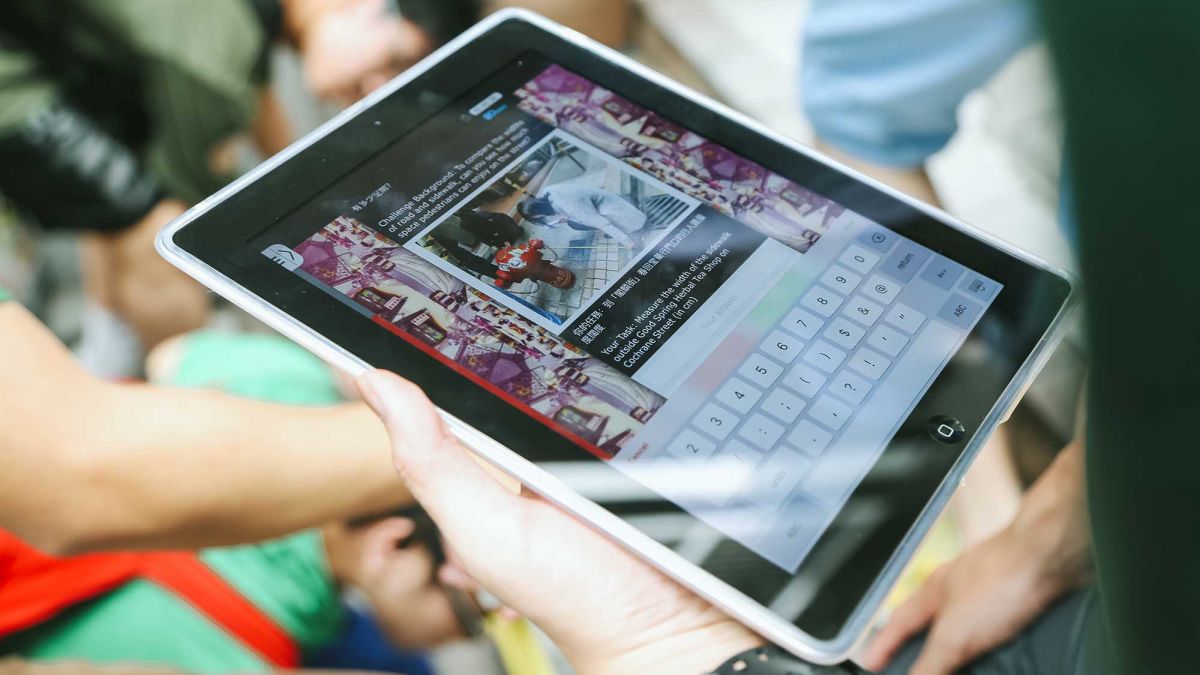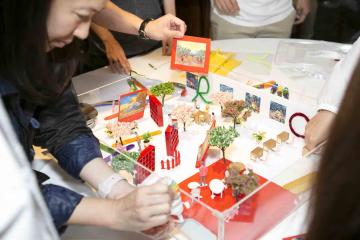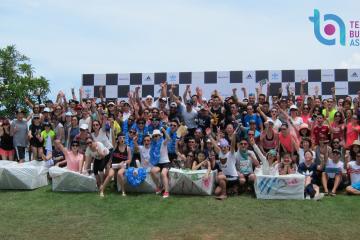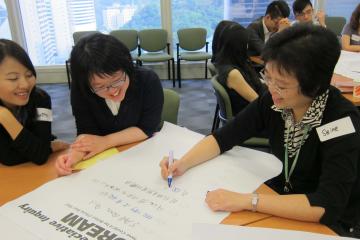Being crammed in air cabins for long haul flights can wreak havoc on your body. Most everyone has experienced the misery of jet lag, but deep vein thrombosis can cause much more trouble.
What’s DVT?
It’s a serious condition where blood clots develop in the deep veins of the legs after prolonged sitting. The flexion at the hips & knees means blood doesn’t get pumped back to the heart. A DVT that travels to the lungs can lead to death by pulmonary embolism (PE).
What are the symptoms?
DVT may present as swelling in the calf area, a slight increase in temperature & possible redness. There may be pain in the calf, (behind & below the knee.) However, less than 50% of DVT cases are symptomatic. You can have it & not know.
These complaints may develop during the journey but more commonly hours or even days later.
Who gets it?
While DVT is commonly known as “cattle-class syndrome” it’s not reserved for those in the cheap seats. Anyone in any class, of any age (especially those over 40) can be at risk. And you don’t have to be in flight either. The train, bus or a very long car ride can bring it on. Basically you have to exercise caution any time there is a prolonged lack of mobility.
What can I do?
Maintain maximum blood flow in your body.
When blood flows around the body it is helped to travel against gravity through the veins by the leg muscles, which act as a pump when walking around. Problems arise when there is limited movement, as blood can then pool in the veins potentially causing blood clots.
- If you can avoid it, don’t go from sitting at your desk all day to sitting on a long haul flight. Get some activity in between these things.
- Hydrate! Drink plenty of water before and during your flight. Drinking alcohol &caffeine in flight dehydrate you. Pace yourself.
- The benefit of all that water is it will get you out of your seat to visit the washroom. So what if it wakes your neighbor – it’s good for them to shift anyway!
- Try to score an aisle or ‘bulk head’ seat – so you can stretch your legs.
- Wear comfortable clothing on the flight. Jeans are a bad idea as they are too restrictive. Remove shoes. There’s a reason they hand out slippers. Or take your own.
- Do the exercises suggested by the airline – often they will be demonstrated in a video or on a card in your seat pocket.
Here are 3 easy ones to try:
Soleal pump
- Remove shoes & place feet flat on the floor, or on the foot bar.
- Pressing into the toes, lift the heels off the ground until you feel maximum contraction in your calves.
- Hold for 2 seconds, lower for rest.
Repeat until you begin to tire.
Alphabet ankles
- Remove shoes & wiggle your feet around a bit so they are awake.
- One foot at a time - with your foot lifted – use the big toe and start to trace the letter A in the air in front of you.
- Continue through the alphabet until you tire. Really move the ankle in all directions to trace the letters.
Remember where you left off for the next round.
Shoulder & neck rotations
If possible, get out of your seat & do this while waiting for the washroom.
1. Rotate your shoulders forward, then backward
2. Roll the left ear towards the left shoulder, hold 5 seconds. Repeat on right. Return to centre.
3. Finally, shrug shoulders upward toward your ears in an "I don't know" fashion.
Repeat 3 times.
Try & incorporate this round of exercise with each meal or after each movie on a long haul flight.
What about massage?
Having massage prior to or after your flight will help to optimize circulation, soften tissues & calm nerves, which will have you more comfortable all around. If you’re not lucky enough to fly one of the airlines with massage on-board, plan ahead & have one at home before leaving.
Especially if you have chronic low back pain, working through that tightness can make a big difference in how a long-haul flight goes for you. I recently treated a client who could barely endure sitting in a chair due to sciatic pain. Knowing she had to fly HK – Palm Springs she chose a 3 week course of preventative massage therapy. She enjoyed a pain free flight.
Sher Martelle is a Canadian-trained Registered Massage Therapist (RMT) at Sutherland Chan Centre, www.sccentre.com.hk phone:2544-5838



